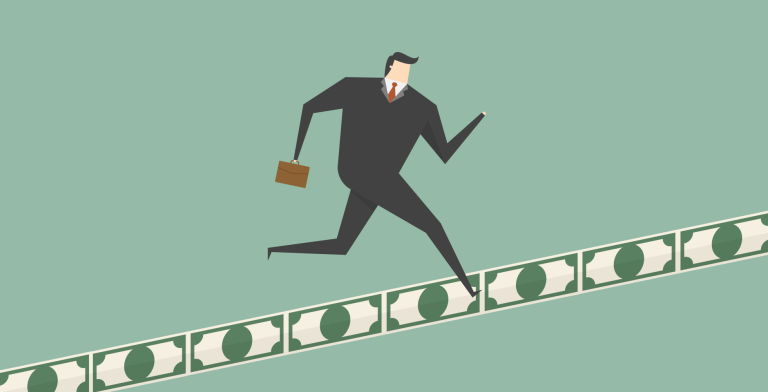
In an unpredictable world, financial stability can often feel like a fragile illusion. Emergencies like sudden job loss, medical expenses, or unexpected home repairs can shake even the most carefully planned budgets. This is where an emergency fund becomes your lifeline—your safety net to weather life’s unexpected challenges.
At The Dollar Detectives Society (TDD), we’re committed to equipping you with practical tools to empower your financial journey. Let’s explore how you can start building an emergency fund, why it’s essential, and how it can transform your sense of security and confidence.
What Is an Emergency Fund?
An emergency fund is a dedicated savings reserve specifically designed for unforeseen financial situations. Unlike regular savings or investments, its primary purpose is to shield you from debt and maintain financial stability when the unexpected occurs.
Emergencies come in many forms—whether it’s a car breakdown, a sudden illness, or unplanned travel. Having funds set aside ensures you don’t have to rely on high-interest credit or loans, giving you peace of mind when you need it most.
How Much Should You Save?
The size of your emergency fund depends on your lifestyle and financial commitments. A great starting point is the two-tier savings strategy, designed to address both short-term shocks and long-term financial disruptions.
- Short-Term Savings: Aim to set aside about $2,000 or the equivalent of half a month’s expenses. This cushion helps cover smaller, immediate needs like minor repairs or medical co-pays.
- Long-Term Savings: Build a reserve that covers three to six months of living expenses. This is your protection against larger challenges, such as a prolonged period of unemployment.
Remember, every small step counts. Starting with as little as $25–50 a week can add up quickly. The key is consistency and ensuring your savings remain accessible.
Where to Keep Your Emergency Fund
Not all savings accounts are created equal. The ideal place for your emergency fund is:
- Accessible: You should be able to withdraw funds quickly when needed, without penalties.
- Interest-Earning: Look for a high-interest savings account to make your money work for you.
- Dedicated: Keep your emergency fund separate from daily spending to avoid temptation.
Strategies to Build Your Fund
Saving may seem daunting, but with small, intentional changes, it’s achievable. Here are some practical strategies:
- Start Small: Automate weekly transfers to your savings account, no matter how modest the amount.
- Save Windfalls: Allocate tax refunds, bonuses, or gifts directly to your emergency fund.
- Cut Costs: Identify and reduce unnecessary expenses. Small sacrifices can lead to significant gains over time.
- Review Regularly: Your financial needs may change, so revisit your goals and adjust your contributions as needed.
Why It Matters
An emergency fund is more than just a financial tool—it’s a foundation for resilience and independence. Knowing you have a financial buffer allows you to face challenges with confidence, plan for the future, and stay focused on what matters most.
At TDD, we believe that financial preparedness isn’t a luxury; it’s a necessity. By taking these steps today, you can create a brighter, more secure tomorrow.
Building an emergency fund may feel like a daunting task, but every great journey starts with a single step. Commit to your financial well-being, and watch as small efforts yield big results. Your future self will thank you.
